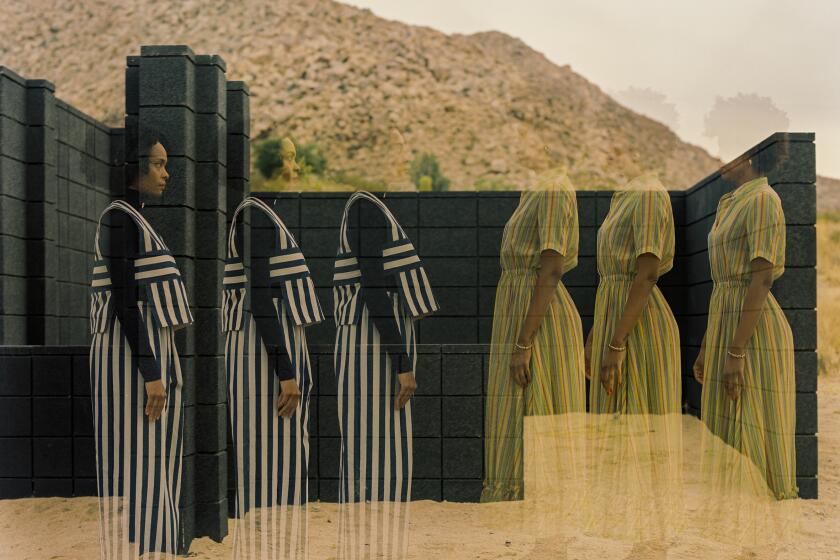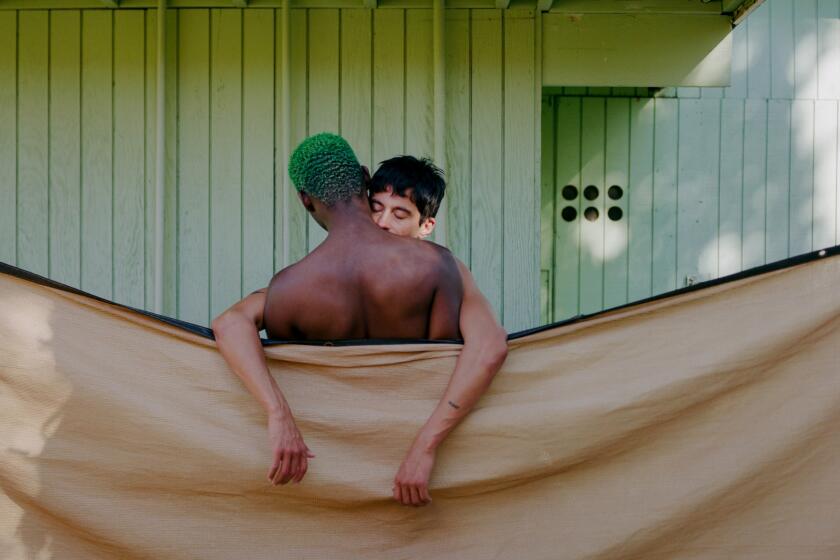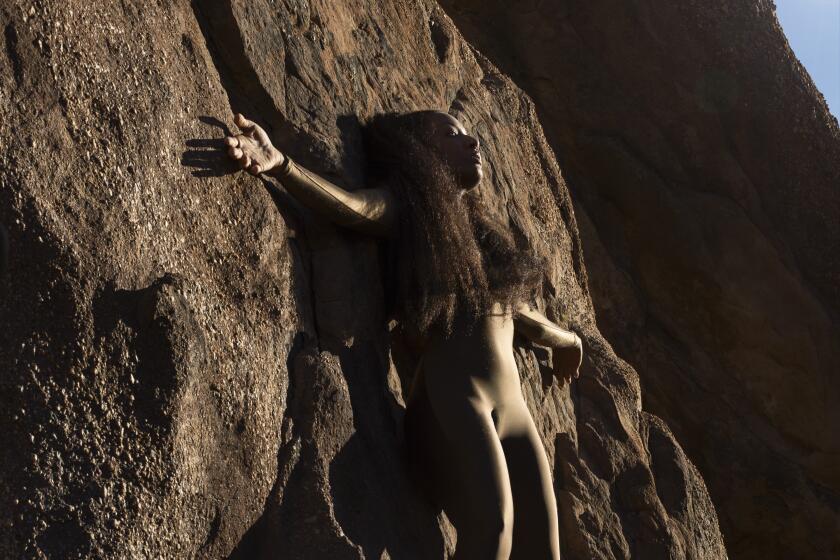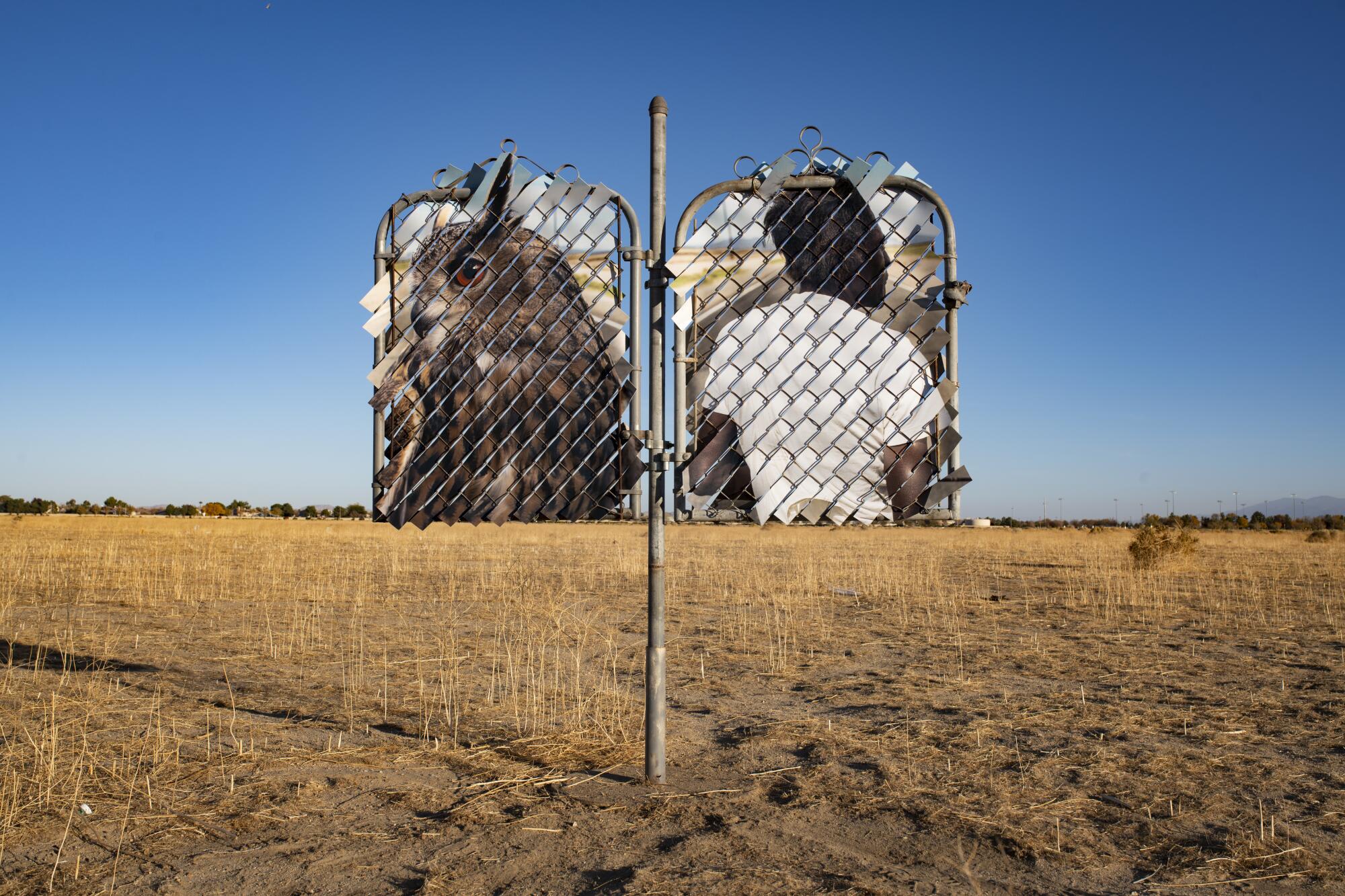
- Share via
This story is part of Image issue 8, “Deserted,” a supercharged experience of becoming and spiritual renewal. Enjoy the trip! (Wink, wink.) See the full package here.
The desert I have experienced since moving to Southern California from Chicago nearly 30 years ago, as both a manifestation of space and an expression of time, belies expectations and never fails to reveal itself as an expanse of colliding dichotomies. Its terrain stretches out, boundaries prove flimsy, that which appears barren bears fruit. The moon rises equally underfoot as it does on the horizon, and here inevitably succumbs to there. Beyond any terrestrial prism through which one can observe a seemingly limitless place, the desert’s consciousness, I suspect, remains more in the cosmos than with the fleeting perspectives of humans moving through it. When I do find myself in the desert, whether arriving there as a destination to the east or north, or returning from it toward a different vast ocean in the West, my most fundamental questions are given space to breathe. “Where am I?”
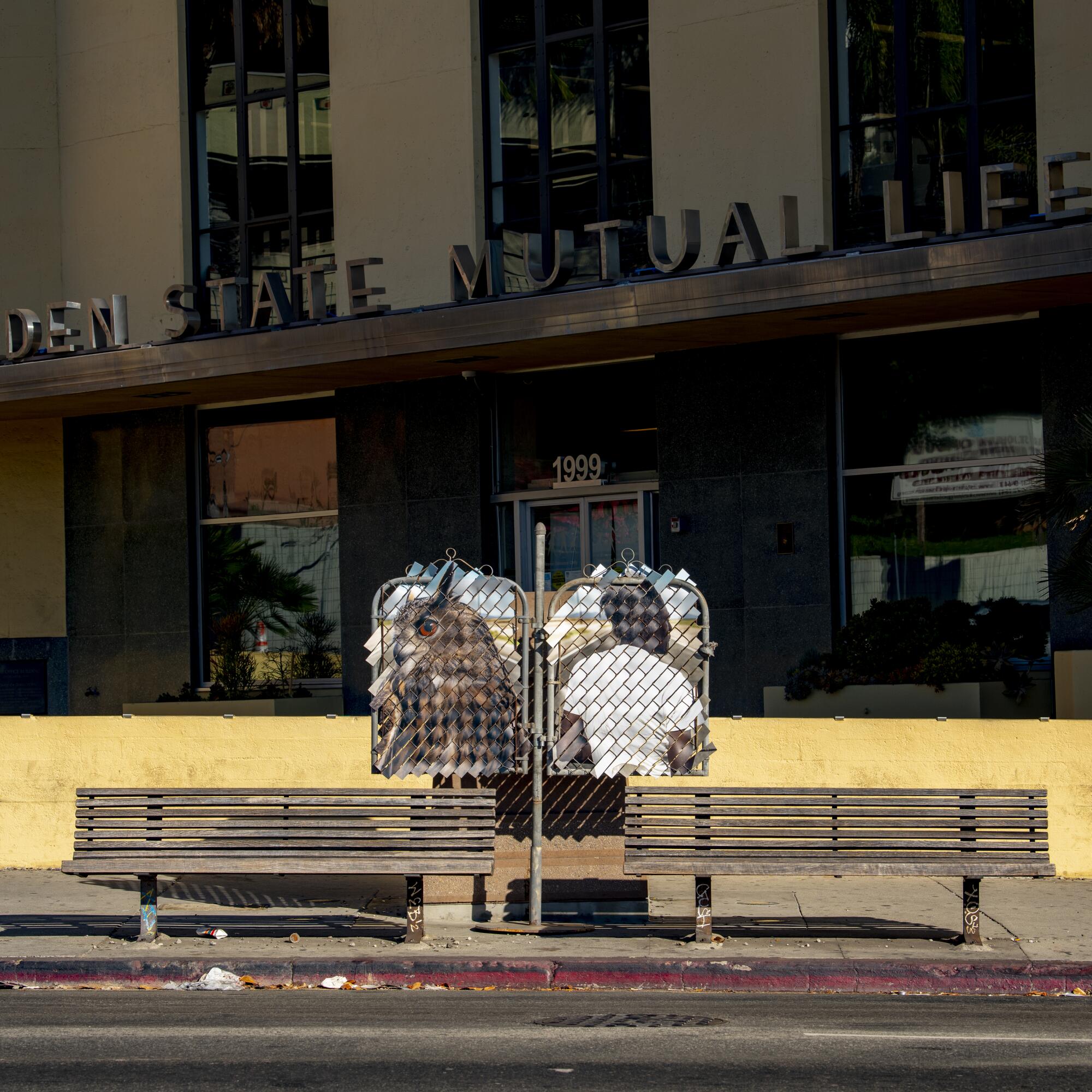
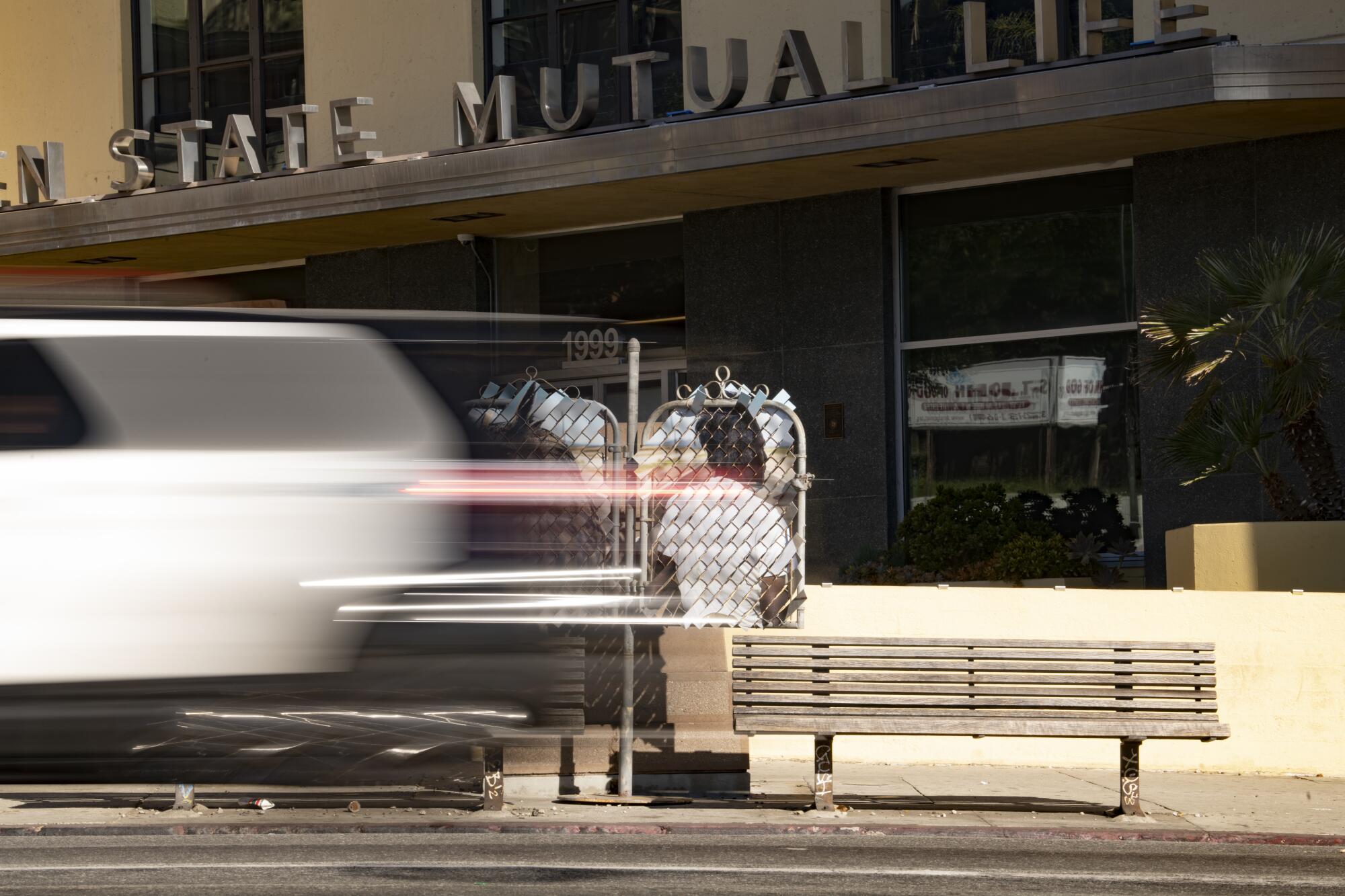
If the desert reflects an endlessly evolving constellation of questions — a calling — my piece “Desert Totem” forms an ongoing response, a kind of personal, cosmic echolocation that plays in my creative work. It’s composed of portraits I made at different moments — of a man named Elijah and of a great horned owl — that are woven into the mesh of chain-link gates I have salvaged over years from homes (now gone, in my own neighborhood, but reactivated in my work). Both portraits reflect outward and inward (on the reverse).
Inside issue 8: ‘Deserted’
Kenturah Davis and Alice Smith have a supercharged self-care retreat.
Sophia Nahli Allison shows you what’s possible when you allow yourself to be led by spirit.
Justin Torres remembers those visits to the clothing-optional hotels in Palm Springs.
Julissa James explores why so many people head to Joshua Tree to do shrooms.
Dave Schilling gets to the bottom of why chest hair is the desert’s No. 1 accessory of choice.
I met Elijah years ago. We were both fishing in the desert — him literally, me metaphorically as I whisked along the desert highway, with Parliament-Funkadelic’s “Mothership Connection” blaring in my car. I had asked the cosmos a question about presence versus absence in the desert, and Elijah soon showed up, fishing along a roadside irrigation ditch, as if to say, “You are here!” At a different time, I was once compelled to give a burial to a great horned owl at the base of a saguaro where the Sonoran and the Mojave deserts blur together. Years later, I had an opportunity to meet one of the owl’s living descendants up close. Both images travel with me, in my mind’s eye, along with the work I do. And just as I continue to move “Desert Totem” from one context to another, questions around presence versus absence, arrival versus departure, settling versus migrating and erasure versus equity, will linger, provoke and hopefully weave connections.
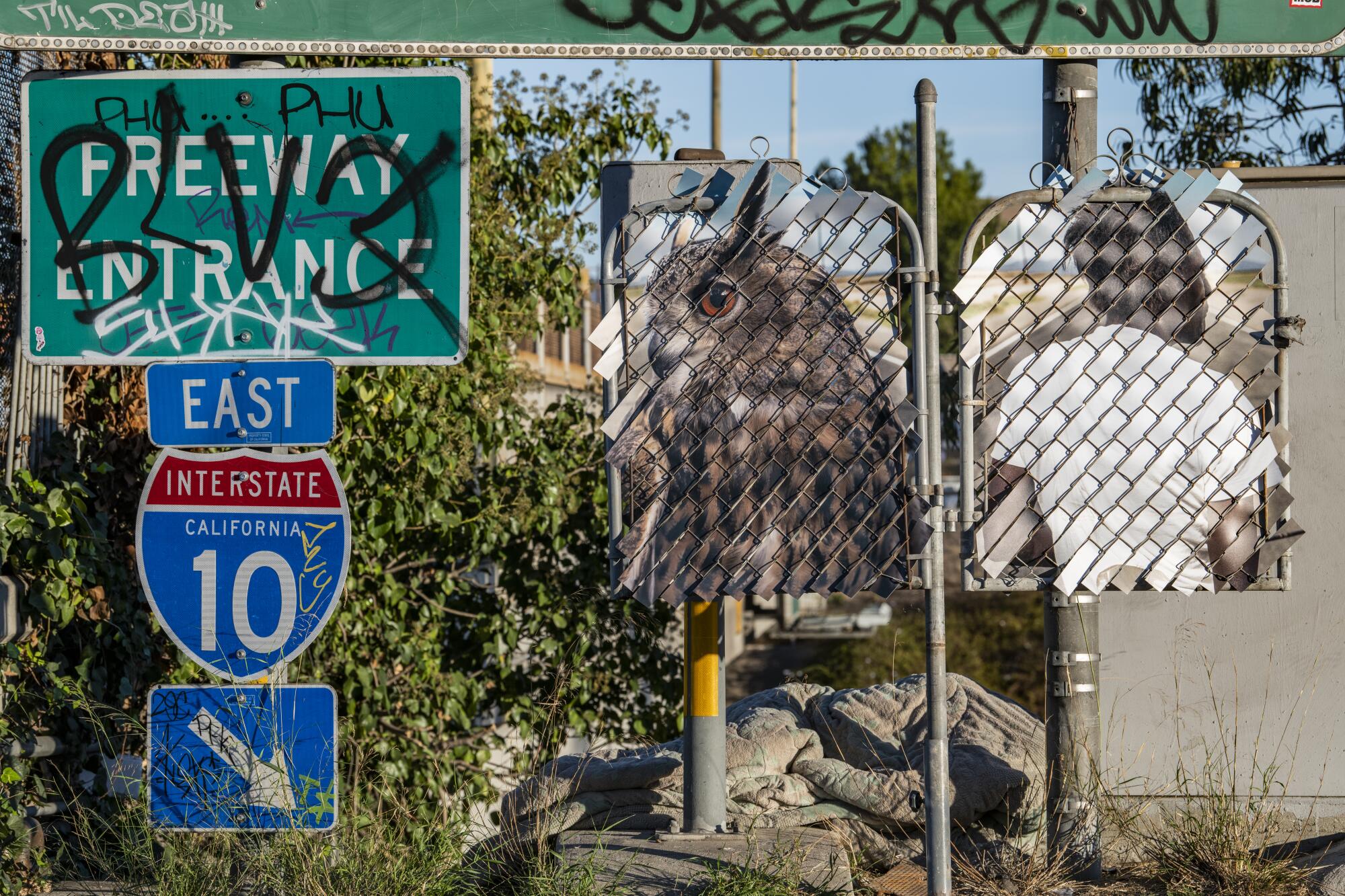
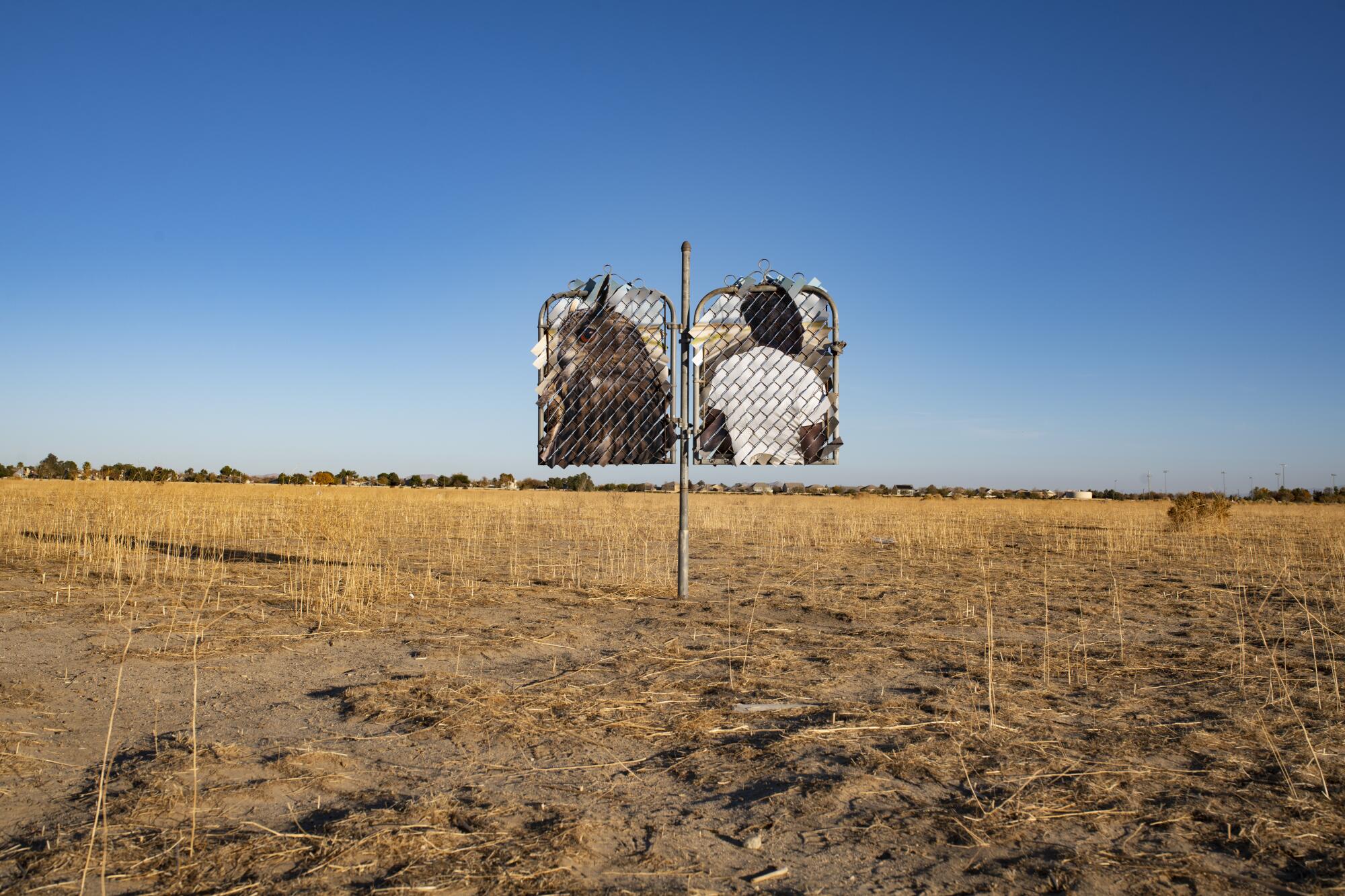
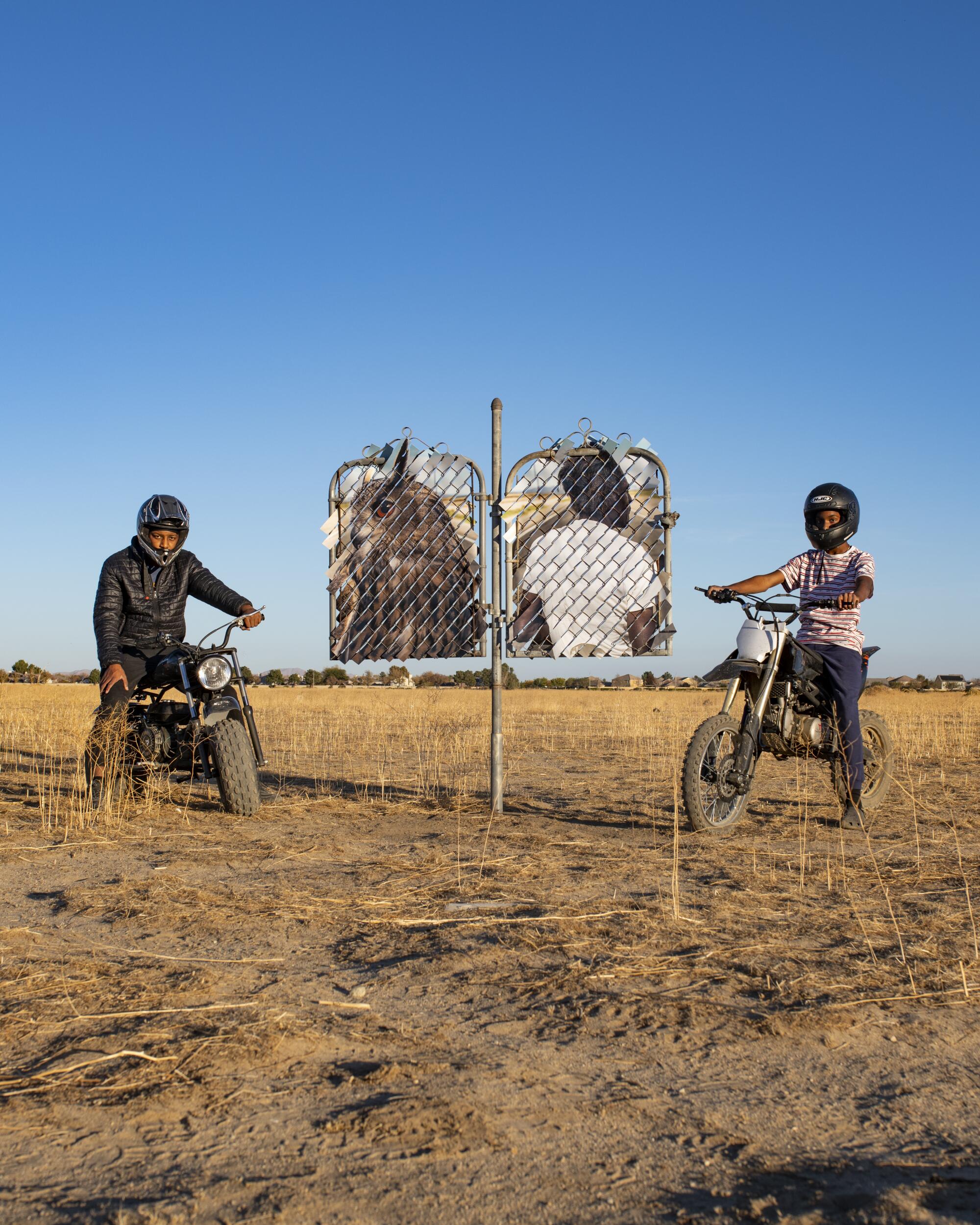
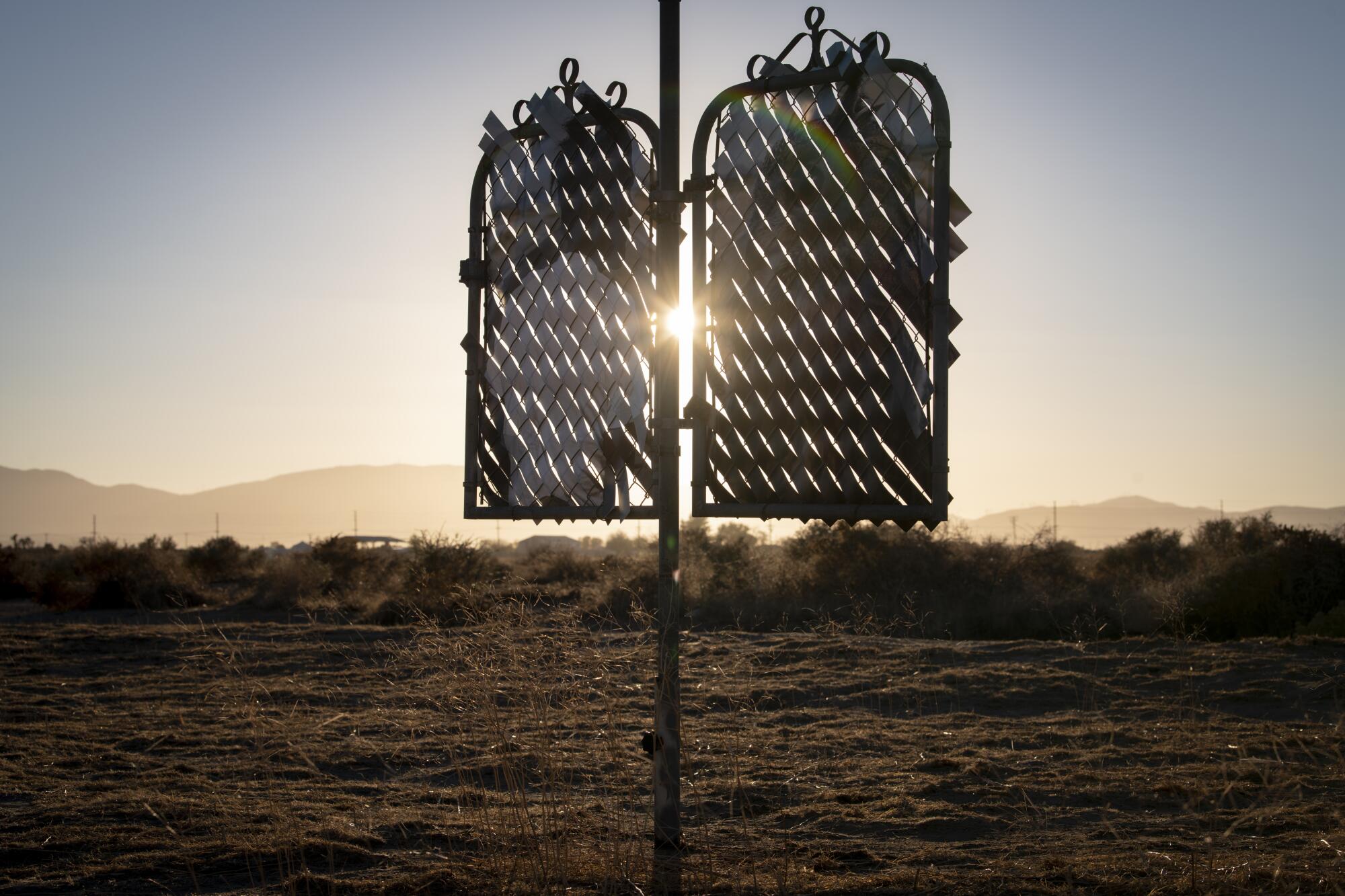
Glen Wilson’s (born 1969, Columbus, Ohio, lives and works in Los Angeles) multidisciplinary practice is comprised of photography, sculpture, filmmaking, installation and assemblage. Provoking questions around voice, visibility and cartography, Wilson’s works suggest fluid narratives of place, diaspora, cultural heritage and the intersections of individual and communal identity. Wilson has shown most recently at Frieze London and in group exhibitions at the Getty Center and the California African American Museum. Wilson received a B.A. from Yale University and an MFA from the University of California San Diego and is represented by Various Small Fires gallery (Los Angeles/Seoul).
